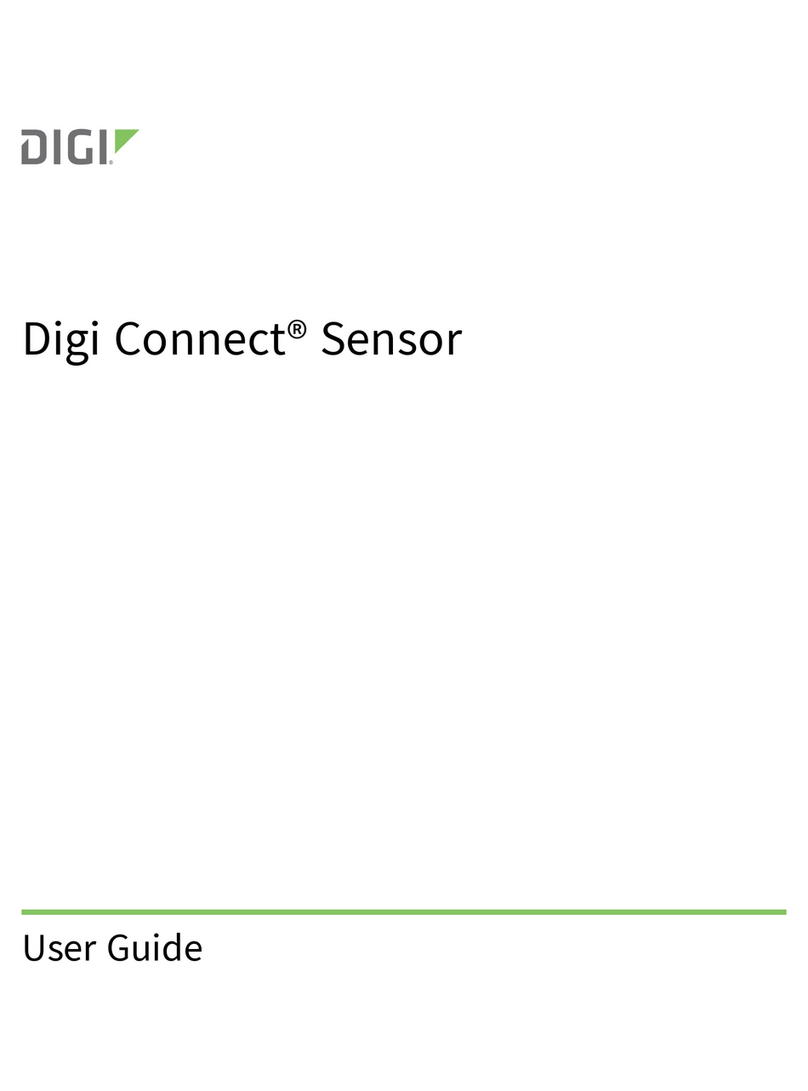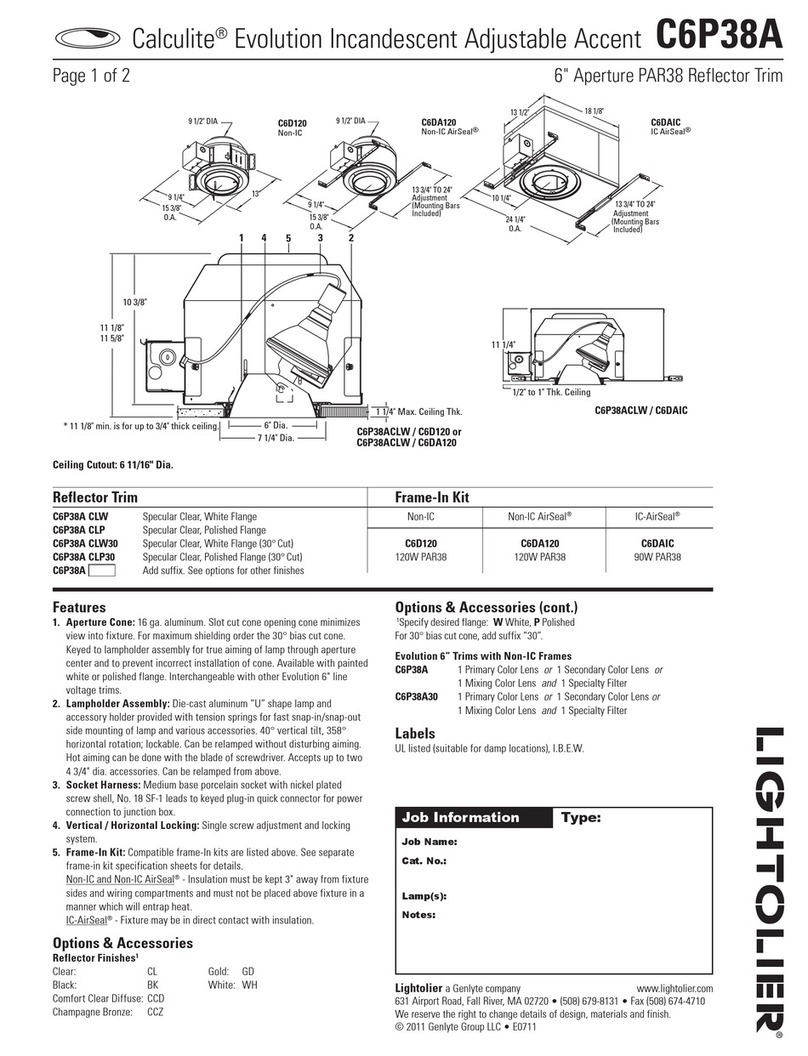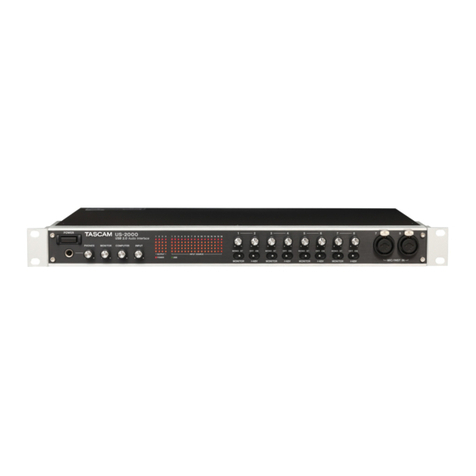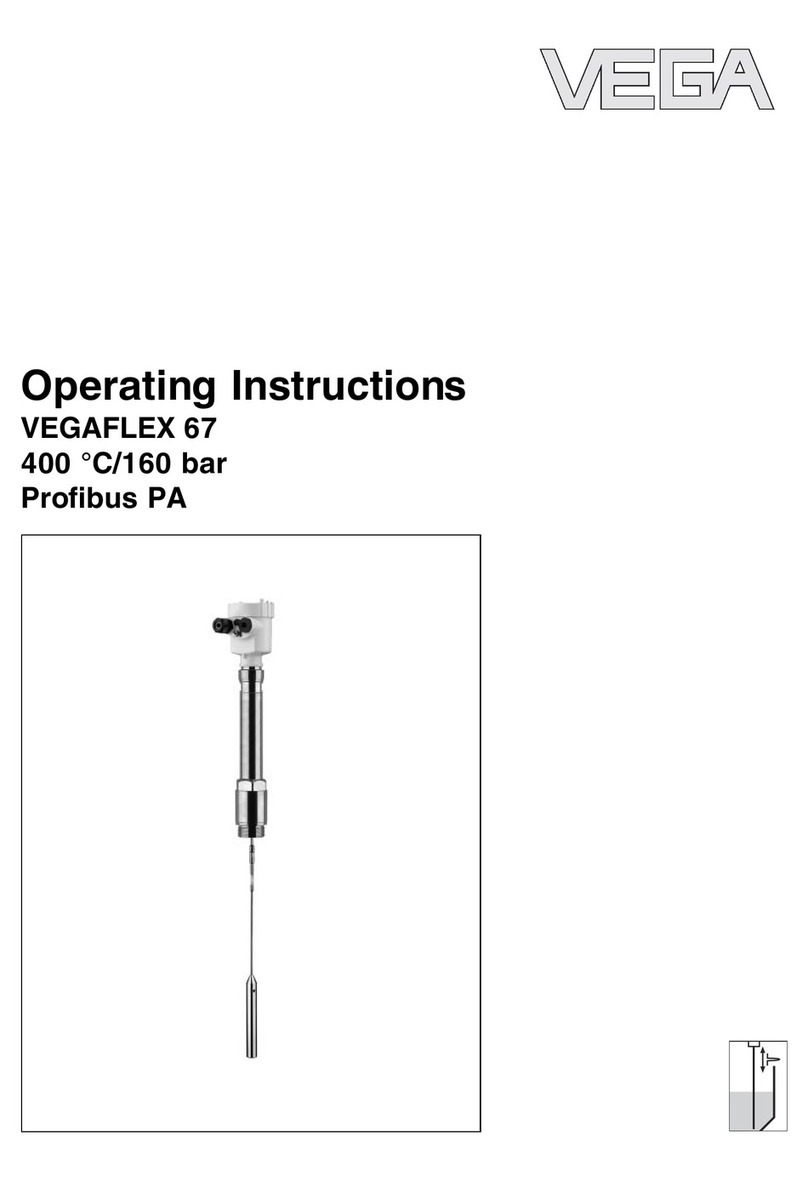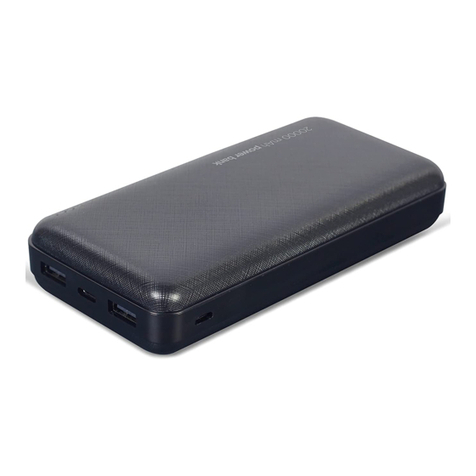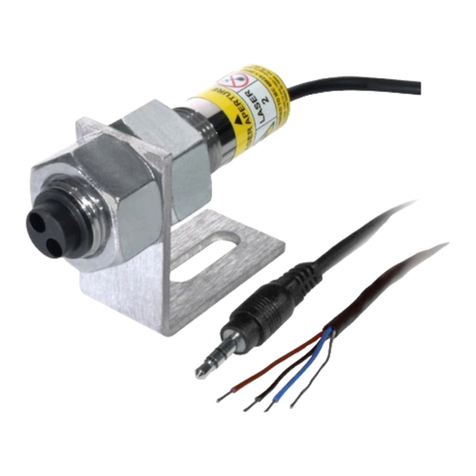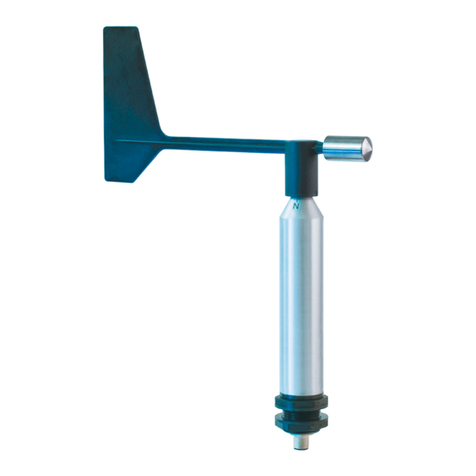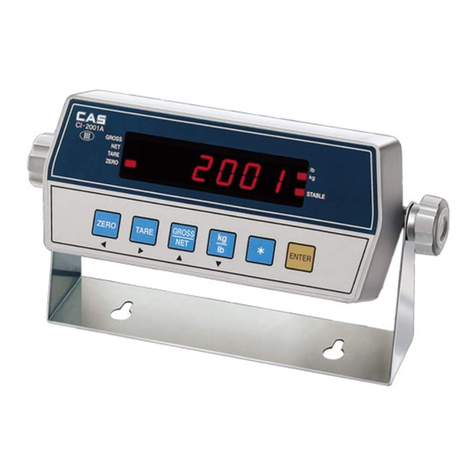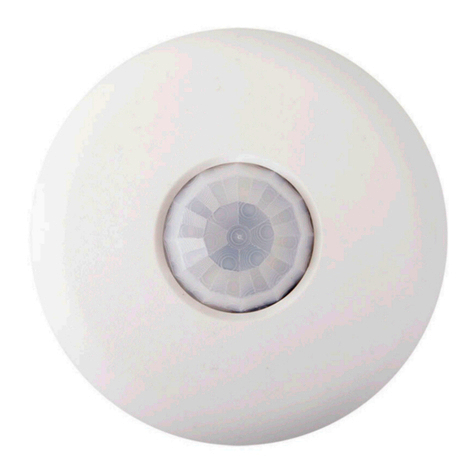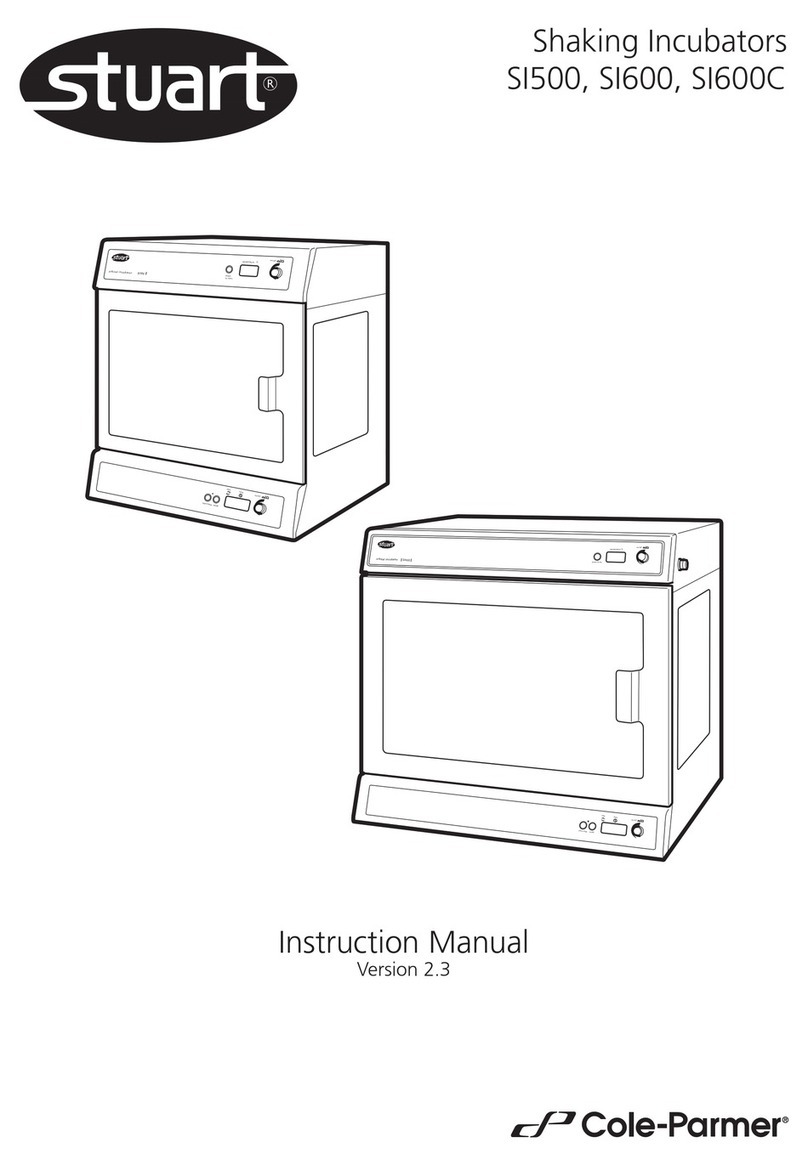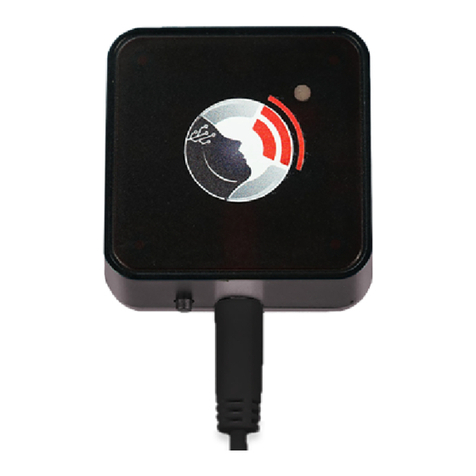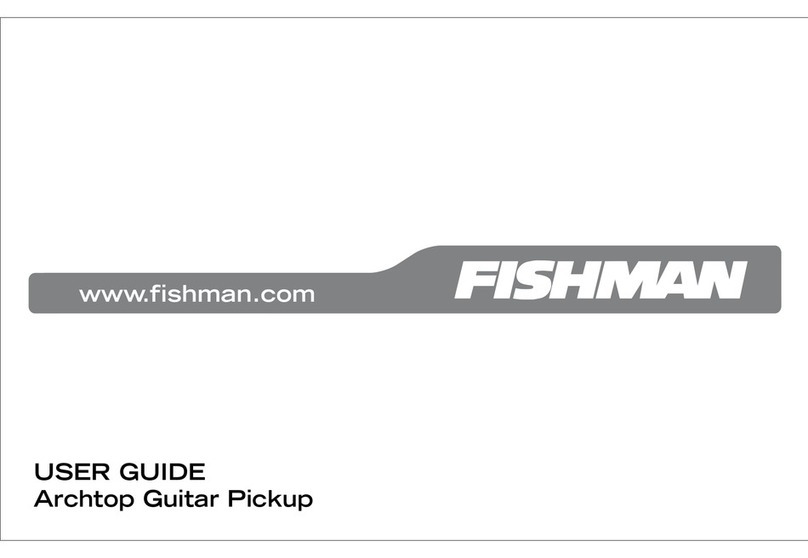Digital Doc Blu User manual

Date:10/19/2020
Language: English
Rev: 3-8
Code Blu12.r3-EN
Intraoral Sensor
®
Use and Maintenance
Manual
1.800.518.1102
digi-doc.com

i

ii
TABLE OF CONTENTS
1 Document Status .......................................................................................... 2
2 Introduction ................................................................................................... 3
2.1 Important notices ............................................................................................ 3
2.2 Scope ................................................................................................................. 3
2.3 Scope ................................................................................................................. 3
2.4 Icons used on the manual ............................................................................. 5
2.5 Use of this Manual ............................................................................................ 5
2.6 Symbols Used in this Manual .......................................................................... 5
3 SYSTEM PRESENTATION ................................................................................ 7
3.1 About ........................................................................................... 7
3.1.1 Se a ..................................................................................................... 8
3.1.2 Sensor measures .............................................................................................. 9
3.1.3 Main advantages .......................................................................................... 10
3.2 Physical Principles of Operation ................................................................. 10
3.3 Normal Intended Use .................................................................................... 10
3.4 Main Uses ......................................................................................................... 10
3.5 Type of Installation ......................................................................................... 11
3.6 Device Classification ..................................................................................... 11
3.7 Applicable Standards ................................................................................... 11
3.7.1 Applicable Directives and Decrees ........................................................... 11
3.7.2 Applicable standards ................................................................................... 12
3.7.3 National Standards ........................................................................................ 12
3.8 Manufacturer Address .................................................................................. 12
3.9 Device Identification and Labels ............................................................... 12
3.9.1 Identification ................................................................................................... 13
3.9.2 Label for USA market..................................................................................... 13
3.9.3 Label for non-USA Market ............................................................................ 14
3.10 Package and contents. ............................................................................... 16
4 SAFETY ASPECTS .......................................................................................... 17
4.1 General Safety ............................................................................................... 17
4.2 Electromagnetic Environment .................................................................... 18
4.2.1 Gidace ad aface decaai electromagnetic
emissions ....................................................................................................................... 18
4.2.2 Gidace ad aface decaai electromagnetic
immunity ....................................................................................................................... 20
4.2.3 Recommended separation distances between portable and mobile
RF communications equipment and . ........................................................ 21

iii
4.3 WEEE information according to directive 2002/96/EC ........................... 22
5 TECHNICAL DATA ....................................................................................... 23
5.1 General characteristics ................................................................................ 23
5.2 Technical Specifications............................................................................... 23
5.3 Electrical and Optical Specifications ........................................................ 23
5.4 Sensor performance specifications............................................................ 24
5.5 Environmental Characteristics .................................................................... 24
6 USE.................................................................................................................. 25
6.1 Precautions When Using the Sensor ........................................................... 25
6.2 About the user and patient ......................................................................... 26
6.2.1 Ue fie .................................................................................................... 26
6.2.2 Patient Profile .................................................................................................. 26
6.3 Usability ............................................................................................................ 26
6.4 Principle of operations .................................................................................. 26
6.5 Imaging performance .................................................................................. 27
6.5.1 Exposure parameters .................................................................................... 27
6.6 Minimum PC Requirements .......................................................................... 28
6.7 Monitor Specifications .................................................................................. 28
6.8 Software Characteristics ...................................................... 29
6.9 Initial check and installation ........................................................................ 29
6.9.1 Software Installation ...................................................................................... 29
6.9.2 Installing and using .................................................................. 30
6.10 Image acquisition with ........................................................... 30
6.11 Acceptance tests .......................................................................................... 31
6.11.1 Frequency of the Q.A. test........................................................................... 31
7 CLEANING AND DISINFECTION ................................................................ 32
7.1 Cleaning .......................................................................................................... 32
7.2 Disinfection solutions compatible with ................................ 32
7.3 Cleaning Procedure ...................................................................................... 32
8 ERROR MESSAGES ...................................................................................... 34
9 MAINTENANCE AND REPAIR .................................................................... 35

1

2
1DOCUMENT STATUS
VERSION
DATE
PARTS/PAGES MODIFIED
0
18/06/2019
First issue
1
11/11/2019
Manual updated according to OEM information
2
11/12/2019
Added paragraph 6.3 (Usability), 6.5 (Imaging
performance) and 6.11 (Acceptance Tests)
3
14/01/2020
Added paragraph Errore. L'origine riferimento non è
stata trovata., Labels for USA market (par. Errore.
L'origine riferimento non è stata trovata.) changed
labels for USA market only, par 6.4 (Principle of
operations)

3
2INTRODUCTION
Thank you for trusting our company and choosing as your Intraoral sensor unit. We
appreciate your support and hope that serves you well. Our continued commitment
lies in the complete customer satisfaction for each and every product we sell. This
manual will assist you on the installation and general operation of your . Please read
carefully the warnings and instructions, and keep them for future reference.
2.1 Important notices
For U.S.A. users: United State federal law restricts this device to use by or on the order of
physician.
For other countries users: This device to use by or on the order of a licensed person under
the related laws in each country.
2.2 Scope
This manual is intended to provide a general overview of the system and its technical
characteristics; also, it provides a description of the operations necessary
For this reason, the manual is divided into the following sections:
1) Introduction (this section)
2) System Presentation - General description of the medical device and its parts
3) Safety Aspects
4) Technical Data
5) Use
6) Cleaning and disinfecting
7) Error Messages
8) Maintenance and Repair
2.3 Scope
This manual is intended to provide a general overview of the system and its technical
characteristics; also provides a description of the operations necessary
For this reason, the manual is divided into the following parts:
1) Introduction (this section)
2) System presentation. General description of the medical device and its parts
3) Safety Aspects
4) Technical Data
5) Use
6) Cleaning and Disinfection
7) Maintenance and Repair

4

Use and Maintenance Manual
5
2.4 Icons used on the manual
On this manual are used the following icons:
Shows a NOTE;
2.5 Use of this Manual
All documentation supplied with intraoral sensor, has been designed to help the
operator in performing the operations. Information using the acquisition, storage and
processing system for images captured using sensor is available in a specific
manual, which should be read for further details.
Read this manual carefully before using the device
Always keep instructions for use near the unit for future reference, so that
they can be consulted even after the first use.
The device must always be used in accordance with the procedures
explained in the present manual, and shall never be used for purposes other
than those it was designed for.
This manual is updated to the state of the product with which it is sold to
ensure the user an appropriate reference in the use of the device and with
respect to all aspects related to safety.
The manual may not reflect changes in the product without impact on
operating procedures and on safe use.
2.6 Symbols Used in this Manual
The following symbols are used in this manual:
SYMBOL
DESCRIPTION
Device with Type BF applied parts
This symbol indicates sensor contains electrostatic-sensitive
electronic parts susceptible to damage by electrostatic discharge. Refer
to the section on Precautions for Use.
The device contains solid materials which, at the end of its life cycle, must
be disposed of at authorised recovery cents according to local
regulations in order to prevent human health and environmental damages
caused by improper disposal.
Shows a WARNING;

6
SYMBOL
DESCRIPTION
NON-STERILE.
is a non-sterile product and cannot be sterilied.
Do not reuse
Product identification code
Serial number
Date of manufacture (year and month)
Name and address of manufacturer
Consult accompanying documents
Conforms with EC Directive 93/42 and its amendments and supplements

7
3SYSTEM PRESENTATION
3.1 About
is a receptor of intraoral digital radiographic images.The images areobtained
from the exposure of the tissues of the mouth to a radiation source or X-raygenerator.
By interposing the tissue between the radiation source and the receptor, thedensest
parts appear with different tones within greyscale: structures that are dense,such as
bones or metal, will block most X-ray particles and appear white, air-containingstructures
will look black, and muscles, fat and fluids will appear as shadows of greycolor.
The sensor transmits the acquired image to the computer, instantly displaying it on the
screen without additional processes.

8
3.1.1 Senor par
Body (): it is composed of a rounded edge housing, with a thickness of
4.8 mm and constructed in black ABS, which contains the CMOS sensor.
USB Type A connector: connect the sensor directly to the PC where the image
acquisition software runs.

9
The sensor is protected by a flexible and lightweight cover that prevents scratches and
damage from bumps or falls.
3.1.2 Sensor measures
is available in two sizes:
Measures
(mm)
Active Area
(mm)
Size 1
25,4 x 36,8 x 4,8
20 x 30
Size 2
31,3 x 42,9 x 4,8
26 x 36
Size 1
(mm)
Size 2
mm)
Connector

10
3.1.3 Main advantages
Immediate images, without the use of films or chemicals.
Perfect exposure.
High resolution of images with the lowest radiation exposure possible.
Safe and efficient preservation of more information in digital archives.
Work space optimization.
Physical Principles of Operation3.2
sensor works like a regular digital sensor, i.e. it transforms the measured dosewhich
The conversion process includes the following steps:
Conversion of incident x-rays into visible light; this conversion takes place in the CsI
sensitive layer.
The visible light is transferred, through the Optical Fib, onto the sensitive layer
ofthe CMOS, short for complementary metal oxide semiconductor that is
a widelyused type of semiconductor. In a CMOS sensor, each pixel has its own
charge-to-voltage conversion, and the sensor often also includes amplifiers, noise-
correction,and digitization circuits, so that the chip outputs digital bits.
The CMOS sensor converts the light rays into electric charges which are
stored inspecialstructuresuntilreading.Inthis way,eachpictureelement
(pixel)accumulatesa number of charges proportional to both the quantity
of incidentlight beams and to the exposure time.
3.3 Normal Intended Use
The device is designed for both the dental and radiology market. It can be used and
installed in dedicated facilities (hospitals or clinics) and in residential structures equipped
with appropriate shielding systems.
Normal use and operation of this device does not imply:
The administration of biological substances
The sterilisation of parts of the product, since only regular cleaning is required
The interpretation of the final results
The updating and modification of the control software.
3.4 Main Uses
Conservative dentistry
Diagnosis of caries, especially proximal lesions.
Endodontics
Periodontology

11
Dental prostheses
Surgical dentistry
Implantology
Orthodontics
Contraindications
Representation of cartilaginous structures.
Representation of soft .
3.5 Type of Installation
is used as a temporary device and is not connected to the mains powersource;
power is supplied directly from the computer via the USB connection. The sensor
connects directly to the type A USB port of the computer and is compatible with the
standard USB 2.
3.6 Device Classification
, in all of its configurations, is an active medical device, invasive throughnatural
orifices, for temporary use, and intended for diagnostic purposes. This device fallsinto
Class IIA according to the classification rules set out in Annex IX of EC 93/42, amendedby
Directive 2007/47/EC.
3.7 Applicable Standards
The standards applicable to the device mainly concern rules on general safety (for the
patient and operator) and electromagnetic compatibility. The following standards apply:
3.7.1 Applicable Directives and Decrees
Directive and Legislative
Decree
Description
Directive 93/42/EEC
Council Directive 93/42 / EEC of 14 June 1993
concerning Medical Devices
Directive 2007/47/EC
Directive amending and complementing Council
Directive 93/42 / EEC on Medical Devices.
Regulation (EU) N. 207/2012
Regulation of the EU Commission of March 9/12
concerning instructions on the use of Electronic
Medical Devices.

12
3.7.2 Applicable standards
Reference standard
Description
IEC 60601-1:2005/A1:2012
Medical electrical equipment -- Part 1: General
requirements for basic safety and essential
performance
IEC 60601-1-2:2014
Medical electrical equipment Part 1-2: General
requirements for basic safety and essential
performance Collateral standard:
Electromagnetic compatibility Requirements and
tests
IEC 60601-1-3:2008
Medical electrical equipment Part 1-3: General
requirements for basic safety and essential
performance Collateral Standard: Radiation
protection in diagnostic X-ray equipment
IEC 60601-1-6:2010
Medical electrical equipment Part 1-6: General
requirements for basic safety and essential
performance Collateral standard: Usability
IEC 62366:2007/AMD1:2014
Medical devices - Application of usability
engineering to medical devices
ISO 10993:2009
Biological evaluation of medical devices Part 1:
Evaluation and testing within a risk management
process
IEC 62304+AMD1:2015
Medical device software - Software life cycle
processes Amendment 1 - Medical device software -
Software life cycle processes
ISO 15223-1:2016
Medical devices -- Symbols to be used with medical
device labels, labelling and information to be
supplied -- Part 1: General requirements
3.7.3 National Standards
Where applicable, the following national references must be applicable:
FDA: 21CFR1020.30 Diagnostic x-ray systems and their major components, 1020.31
Radiographic equipment.
3.8 Manufacturer Address
Trident
3.9 Device Identification and Labels
Due to its size, the sensor has no labels or name-plate on it.

13
3.9.1 Identification
The sensor identification is fixed on the flat surface of the USB connector, it contains the
serial number and sensor size.
3.9.2 Label for USA market
A silver label, of the black carton that contains the sensor, shows
the device's main data:
The following label, that states the restriction of use to the order of physician and holds
the UDI, will be attached near the Identification label above.

14
RX only label
The UDI shown has the following fields that completely identify the device:
(01): Manufacturer ID
(21): Device type and S/N
(11): Manufacturing date
3.9.3 Label for non-USA Market
A silver label, stuck on the base of the black carton that contains the sensor, shows the
device's main data:
Label for size 1
Label for size 2
All the above labels contains:
The ca ae i ecae ee, f Ce Ghic, ih hee i
representing the "i" which identifies the company logo.
Device name:
Manufacturing Date, in the year-month-day format.
Device Serial number, SN, consisting of ten alphanumeric characters:

15
Where:
X = 1for Size 1, 2 for size 2
YY =last two digit of manufacturing year
NNNN= Progressive number of sensor
Internal reference for identify the sensor
Reference
Name
Size
Software
IS0
1
Software
IS0
2
Notified Body of the CE mark: IMQ (0051)
Voltage, maximum current and connector type
Other symbols used on the label:
Icon
Meaning
Risk warning for the patient and the operator.
The sensor has some electro-static sensitive parts.
Do not touch the sensor and computer screen at the same time.
Do not touch the USB connector.
Type BF. Come into physical contact with the patient in order for the
device to carry out its intended function.
Class II equipment
Double insulation
Selective collection of electrical or electronic devices. At the end of its
useful life do not throw this device in household waste
Read instructions

16
Icon
Meaning
Manufacturer address
3.10 Package and contents.
is delivered in a solidblack
cardboard box with the
logo n the cover.Box
Measures: 30 x 20 x15 cm
Box Weight: 0.5 Kg
Box Contents:
(1)The sensor with m USB cable
length.
(1)Dongle with the user license.
Table of contents


